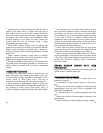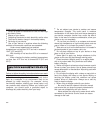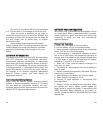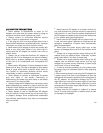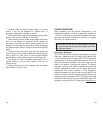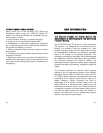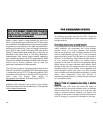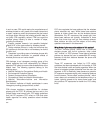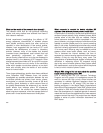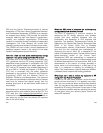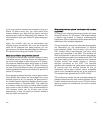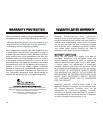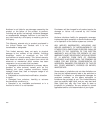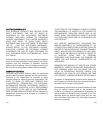
297296
WWhhaatt rreesseeaarrcchh iiss nneeeeddeedd ttoo ddeecciiddee wwhheetthheerr RRFF
eexxppoossuurree ffrroomm wwiirreelleessss pphhoonneess ppoosseess aa hheeaalltthh rriisskk??
A combination of laboratory studies and epidemiological
studies of people actually using wireless phones would
provide some of the data that are needed. Lifetime
animal exposure studies could be completed in a few
years. However, very large numbers of animals would be
needed to provide reliable proof of a cancer promoting
effect if one exists. Epidemiological studies can provide
data that is directly applicable to human populations, but
10 or more years' follow-up may be needed to provide
answers about some health effects, such as cancer.
This is because the interval between the time of
exposure to a cancer-causing agent and the time tumors
develop—if they do—may be many, many years. The
interpretation of epidemiological studies is hampered by
difficulties in measuring actual RF exposure during
day-to-day use of wireless phones. Many factors affect
this measurement, such as the angle at which the phone
is held, or which model of phone is used.
WWhhaatt iiss FFDDAA ddooiinngg ttoo ffiinndd oouutt mmoorree aabboouutt tthhee ppoossssiibbllee
hheeaalltthh eeffffeeccttss ooff wwiirreelleessss pphhoonnee RRFF??
FDA is working with the U.S. National Toxicology
Program and with groups of investigators around the
world to ensure that high priority animal studies are
conducted to address important questions about the
effects of exposure to RF energy. FDA has been a
leading participant in the World Health Organization’s
International Electromagnetic Fields (EMF) project since
its inception in 1996. An influential result of this work has
been the development of a detailed agenda of research
needs that has driven the establishment of new research
programs around the world. The project has also helped
develop a series of public information documents on
EMF issues.
WWhhaatt aarree tthhee rreessuullttss ooff tthhee rreesseeaarrcchh ddoonnee aallrreeaaddyy??
The research done thus far has produced conflicting
results, and many studies have suffered from flaws in
their research methods.
Animal experiments investigating the effects of RF
energy exposures characteristic of wireless phones
have yielded conflicting results that often cannot be
repeated in other laboratories. A few animal studies,
however, have suggested that low levels of RF could
accelerate the development of cancer in laboratory
animals. However, many of the studies that showed
increased tumor development used animals that had
been genetically engineered or treated with
cancer-causing chemicals so as to be pre-disposed to
develop cancer in the absence of RF exposure. Other
studies exposed the animals to RF for up to 22 hours per
day. These conditions are not similar to the conditions
under which people use wireless phones, so we don't
know with certainty what the results of such studies
mean for human health.
Three large epidemiology studies have been published
since December 2000. Between them, the studies
investigated any possible association between the use
of wireless phones and primary brain cancer, glioma,
meningioma, or acoustic neuroma, tumors of the brain
or salivary gland, leukemia, or other cancers. None of
the studies demonstrated the existence of any harmful
health effects from wireless phone RF exposures.
However, none of the studies can answer questions
about long-term exposures, since the average period of
phone use in these studies was around three years.



